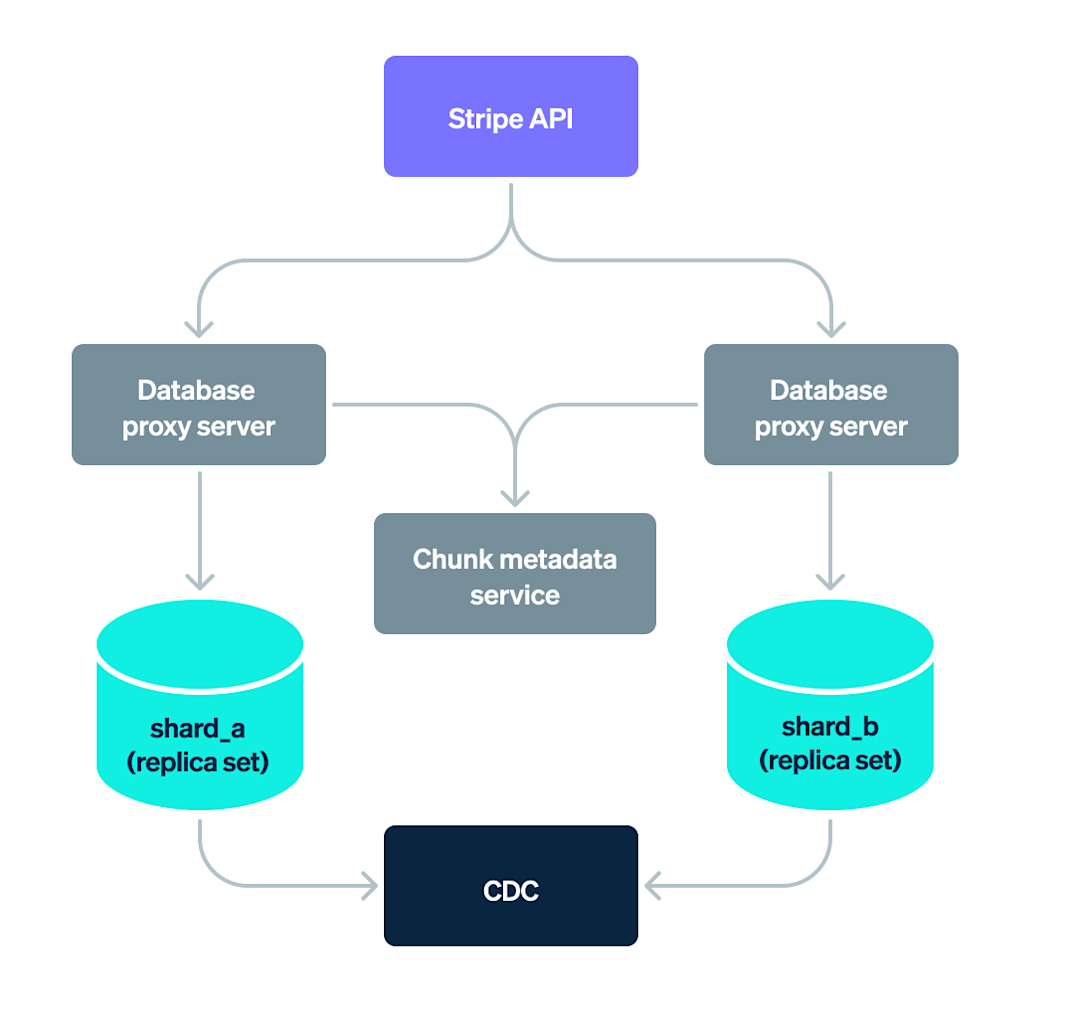Engineering
How we built it: Real-time analytics for Stripe Billing

Among global business leaders surveyed, 84% agree that adapting pricing quickly will be a key competitive advantage. Our new real-time analytics system for Stripe Billing helps them spot customer trends just as they emerge.




































